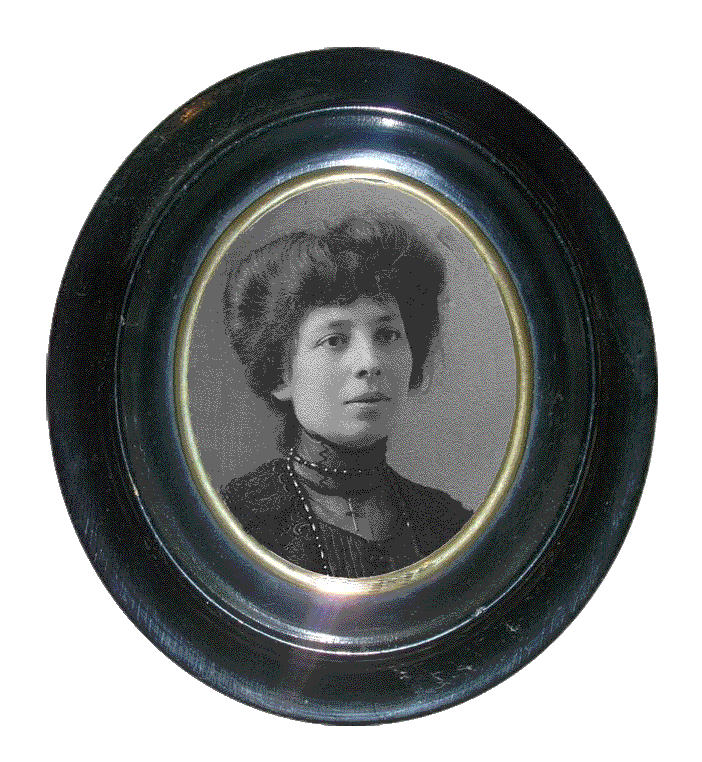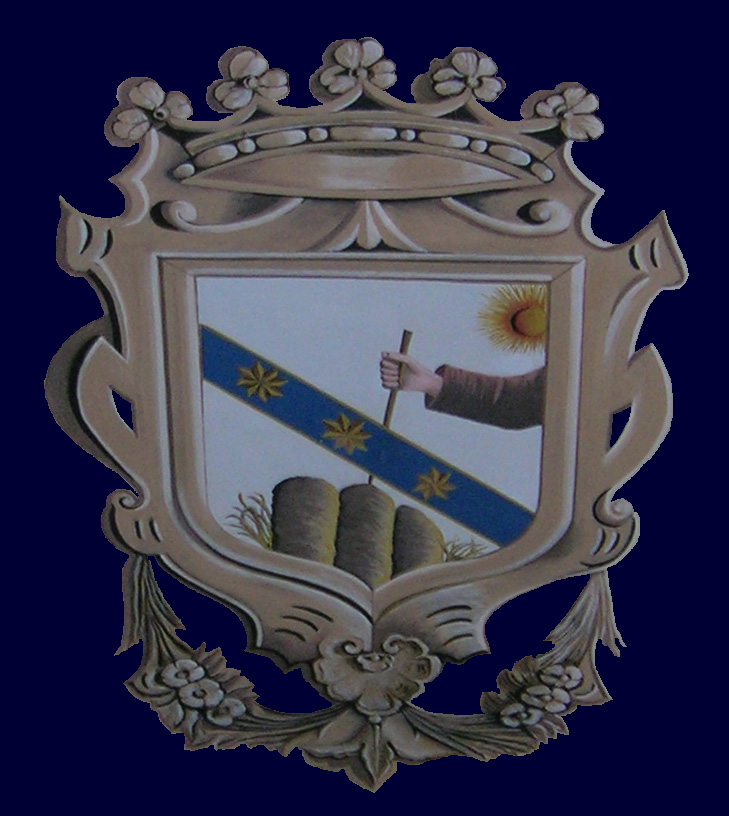
Palazzo Verga
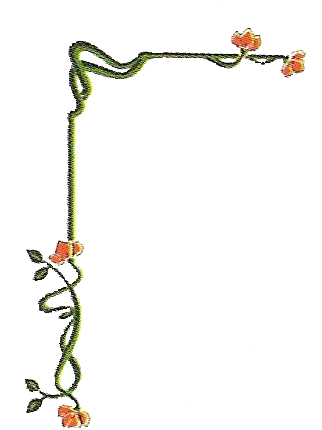
Menu
- Welcome
- Palazzo Verga
- Cappella Verga
History
- Archive Verga
- Hospitality
- Culinary Art
- Tastes & Local products
- Events & Culture
- Surroundings & Itineraries
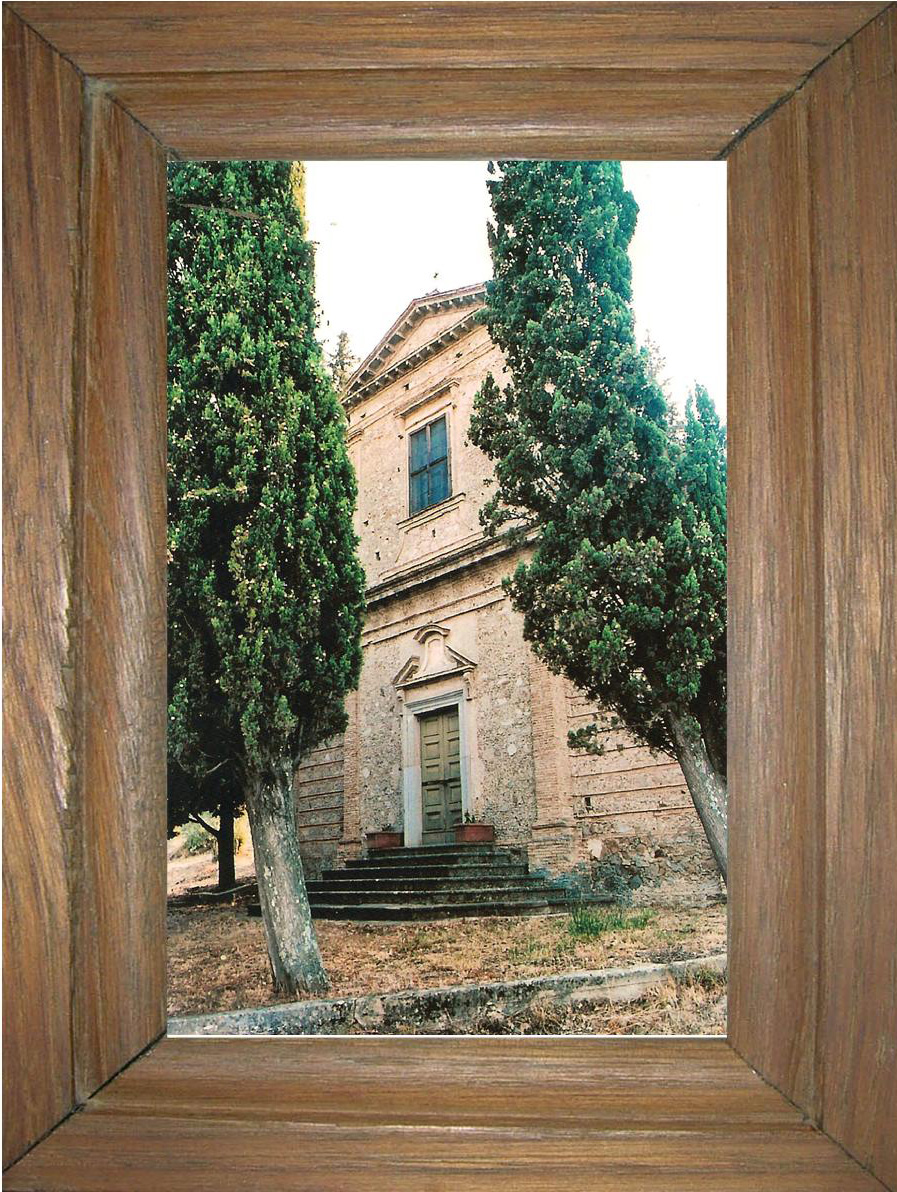 Within
the
village centre of Cotronei, characterized by narrow lanes, can
still be found the main church of San Nicola (devoted to Saint Nicklaus,
saint patron of the village) and the "Palazzo Verga". Moreover, not
far away from the residential area and more precisely in the locality
called "Catuso", there is also the "Cappella Verga" of the
late nineteenth century which is situated at the end of a pathway
made out of river stones and surrounded by cypresses.
Within
the
village centre of Cotronei, characterized by narrow lanes, can
still be found the main church of San Nicola (devoted to Saint Nicklaus,
saint patron of the village) and the "Palazzo Verga". Moreover, not
far away from the residential area and more precisely in the locality
called "Catuso", there is also the "Cappella Verga" of the
late nineteenth century which is situated at the end of a pathway
made out of river stones and surrounded by cypresses.This remarkable edifice was erected between 1881 and 1887, by the determination of Giacinto Verga, on lightly inclined land-propriety wrapped by the peacefulness of a spacious ground characterized by olive trees, oaks and cypresses.
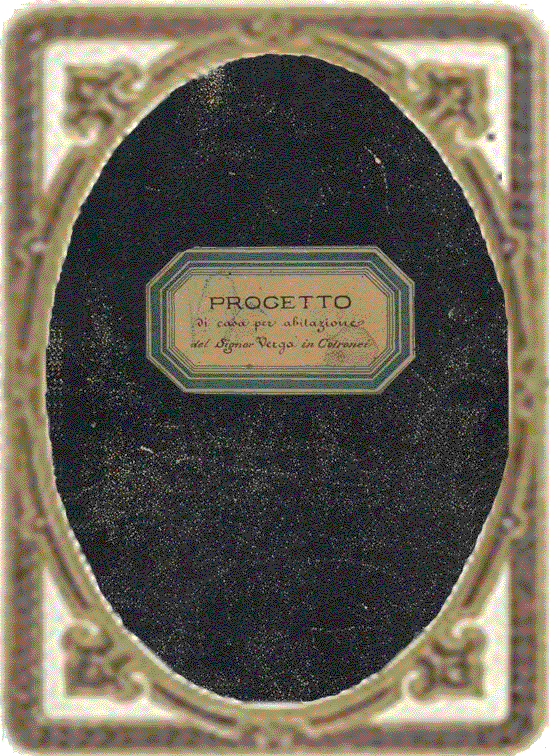 The
Vergas, an aristocratic and noble family of the countryside, were already
established in
Cotronei from the eighteenth century on, occupying important positions
not only in the local society, but in the clergy as
well.
The
Vergas, an aristocratic and noble family of the countryside, were already
established in
Cotronei from the eighteenth century on, occupying important positions
not only in the local society, but in the clergy as
well.In 1869 Giacinto Verga, the twenty-four year old descendant of the family, married Maria Lopez, a wealthy hereditary of San Giovanni in Fiore. Various of Maria's parents were mayors of this principal town of the Sila (region of the mountains). Hence, it is also due to the considerable influence of the Lopez family, being also large private land owners of the Sila area, that the young Verga became mayor: first of the village Petilia Policastro from 1873 to 1878 and then of Cotronei itself from 1882 to 1887.
This enforcement of the social status gave Giacinto Verga the opportunity to accomplish an ancient family's project: the construction of a representative family's palace situated on the main road of the old town centre. That' why he charged, in the year 1881, Ing. Rocchi of Catanzaro to revise and to re-estimate a former project which has been already commissioned by the family Verga in 1804 to a French architect.
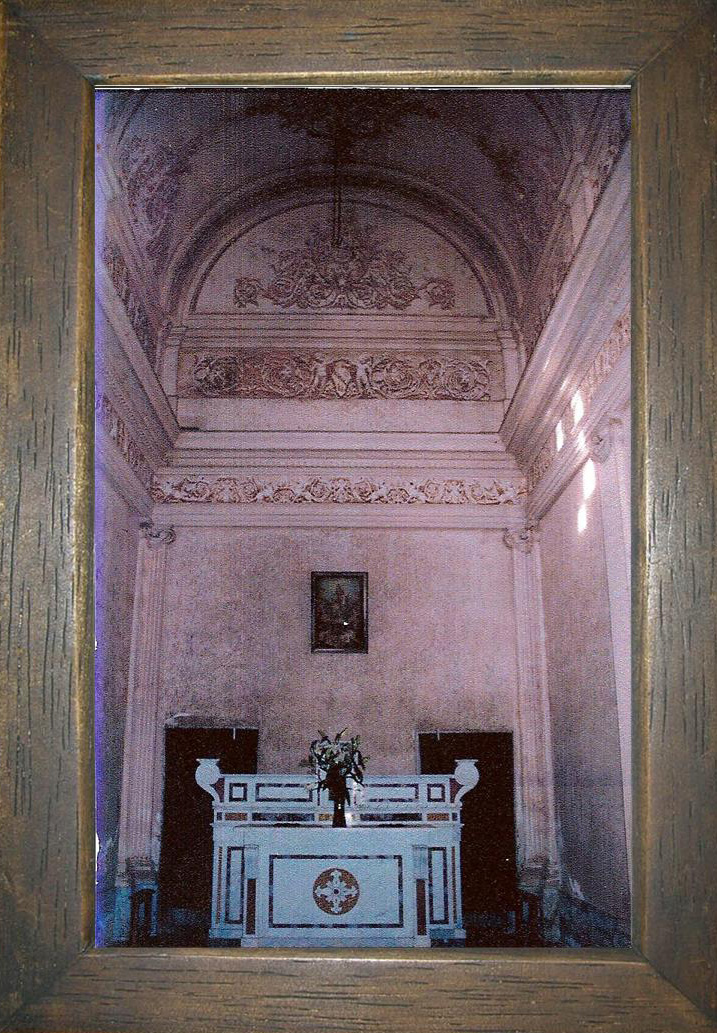 The
"Cappella Verga" (family chapel), dedicated to Maria Assunta,
architecturally represents a late Baroque style supported by
neoclassic taste, satisfying in this way the prevailing
aestheticism of the construction's period. The main facade with its
central staircase distinguishes the principal volume of the nave
from the two lightly backward settled aisles. The interior of the
chapel reveals the iconography of a Greek cross, giving emphasis,
with the rigorous interaction between the volumes of the chapel and the
targeted
projection of light filtering in from the highly situated
windows, to the Roman stylish marble altar accented from above by a small painting
on canvas from the eighteenth century
representing the Madonna del Carmine.
The
"Cappella Verga" (family chapel), dedicated to Maria Assunta,
architecturally represents a late Baroque style supported by
neoclassic taste, satisfying in this way the prevailing
aestheticism of the construction's period. The main facade with its
central staircase distinguishes the principal volume of the nave
from the two lightly backward settled aisles. The interior of the
chapel reveals the iconography of a Greek cross, giving emphasis,
with the rigorous interaction between the volumes of the chapel and the
targeted
projection of light filtering in from the highly situated
windows, to the Roman stylish marble altar accented from above by a small painting
on canvas from the eighteenth century
representing the Madonna del Carmine.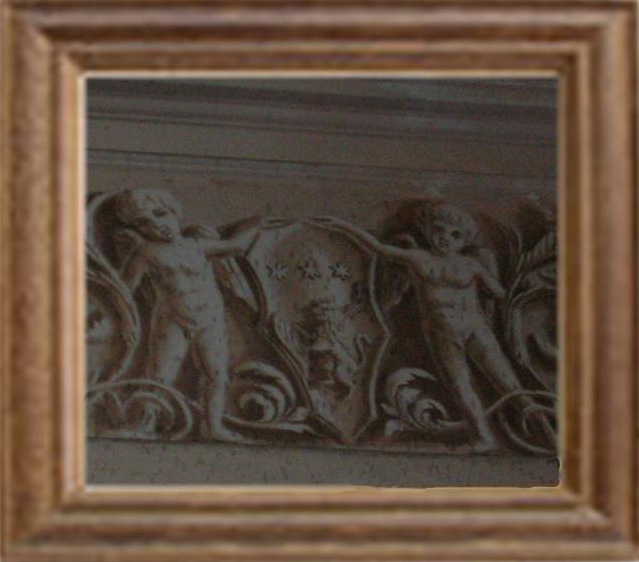 The
floor is made of red and black coloured tiles and the nave
expands itself, like a metaphor of life's limitation, raising up
to a cornice in plaster surmounted by a vault completely
decorated with "grisailles" representing ornamental motives typically
from the "Umbertine" period. Above the chapel's altar there is,
sustained by two angels, represented the coat of arms of the family Verga: on a white background, crossed by a blue banner
accented by three
gold stars, there are three mountains of hay
illuminated by the sun and an arm depicting an inlaid "verga".
The
floor is made of red and black coloured tiles and the nave
expands itself, like a metaphor of life's limitation, raising up
to a cornice in plaster surmounted by a vault completely
decorated with "grisailles" representing ornamental motives typically
from the "Umbertine" period. Above the chapel's altar there is,
sustained by two angels, represented the coat of arms of the family Verga: on a white background, crossed by a blue banner
accented by three
gold stars, there are three mountains of hay
illuminated by the sun and an arm depicting an inlaid "verga".Accentuated by arches, the two aisles of the chapel are flanked by important railings made out of wrought iron, representing a precious work of art by the local craftsmen of the second half of the nineteenth century. Bare of any decoration and being a more contained volumes than the nave, the aisles speak an architectonical language of rigorous essentiality. Moreover by making note of the marble gravestones resting in this two aisles of the chapel, one can follow two centuries of history related to the illustrious family Verga.
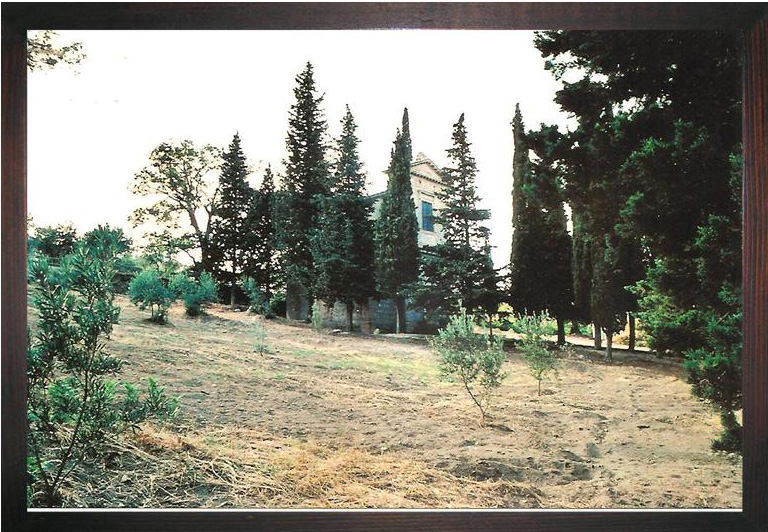 The
chapel was inaugurated in 1887, when Giacinto
Verga had reached the top of his political career. Indeed, just one year before he
was knighted as "Cavaliere
dell'Ordine della Corona" by the King Umberto I. In the
same year he also interred the remains of his
parents, Saverio Verga and Rosa Lopez, in the new family chapel;
although
the "Cappella Verga" was not completed until four years later in
1891, being the year in which Giacinto Verga died.
The
chapel was inaugurated in 1887, when Giacinto
Verga had reached the top of his political career. Indeed, just one year before he
was knighted as "Cavaliere
dell'Ordine della Corona" by the King Umberto I. In the
same year he also interred the remains of his
parents, Saverio Verga and Rosa Lopez, in the new family chapel;
although
the "Cappella Verga" was not completed until four years later in
1891, being the year in which Giacinto Verga died.For the architectonic characteristics, its history and its geographical position, the "Cappella Verga", today, is to be considered, from a historical and artistic point of view, a particularly important testimony for a rare example of a free standing private chapel, emblematic of the religious architecture of the last quarter of the nineteenth century and also significant in relation to the urban development of Cotronei.

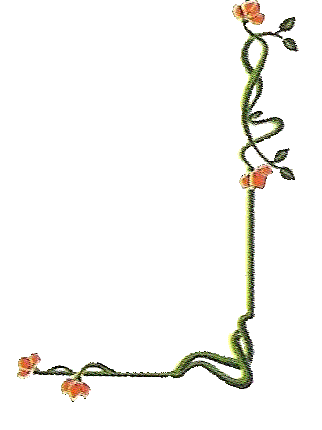

Today, the "Cappella Verga" is considered a cultural heritage and,
on request, guided visits will be available.
Information
Corso Vittorio Emanuele II - 88836 Cotronei (Kr) - Italy
Phone: +39/0962/491343 - Mobile: +39/ 338/ 6326520
E-Mail: info@palazzoverga.it - Website: www.palazzoverga.it
